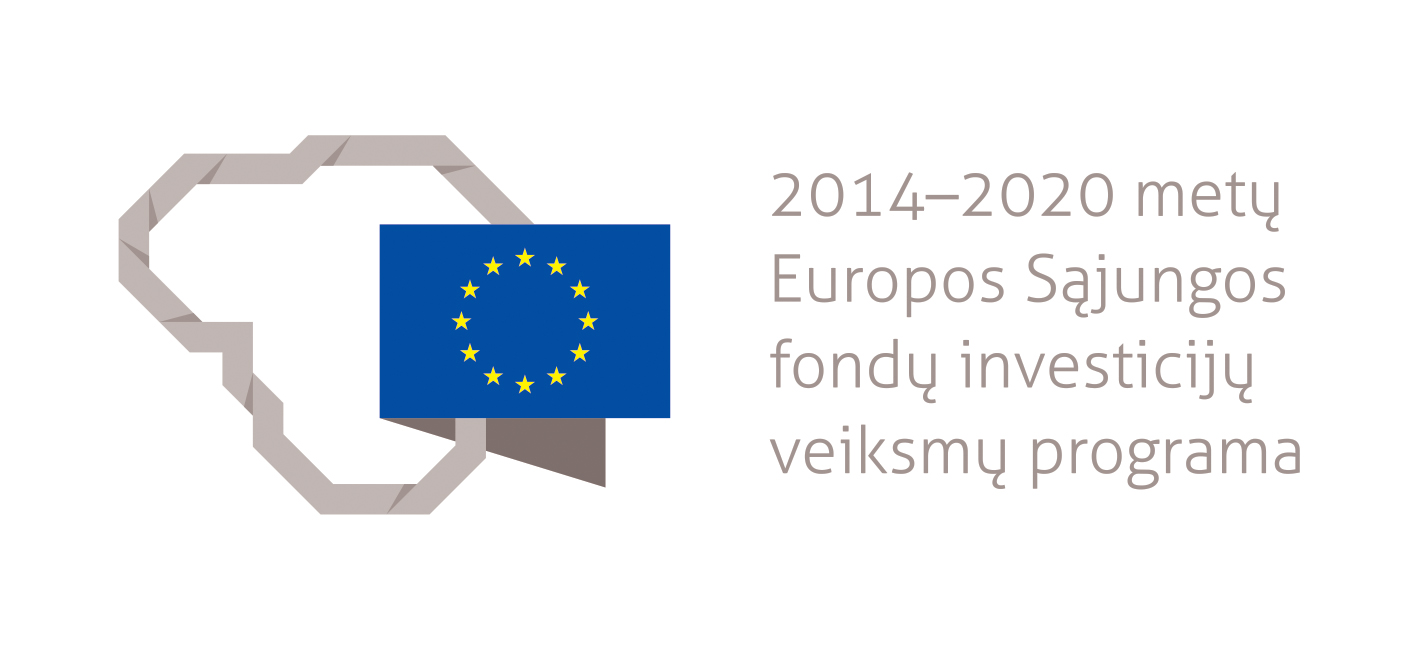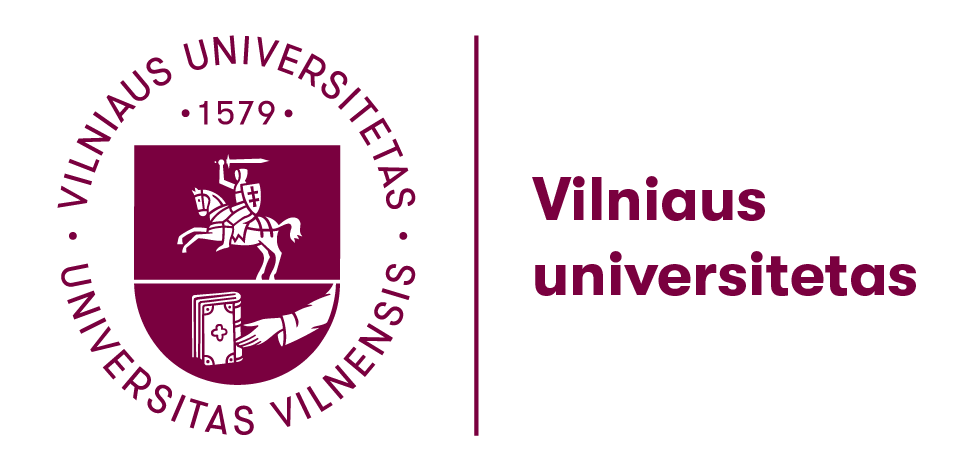R. Želvys, A. Jakaitienė, D. Stumbrienė, L. Ringienė, J. Vaitekaitis, S. Raižienė, R. Dukynaitė, V. Brazdeikis
Comparative Education Society in Europe XXIX Conference (CESE2020), 2020 m. gegužės 25-29 d., Emilija-Romanija, Italija.
Abstract. Measurement of effectiveness and efficiency of national systems of education is one of the relatively new trends of comparative education. Defining a relevant set of input and output indicators in this respect becomes the crucial task for educational researchers. Input indicators are usually classified into three broad groups: financial resources, human resources and facilities (Agasisti, Munda and Hippe, 2019). The most commonly used output indicators are results of the national testing, matura examinations and international large-scale student achievement studies (ILSAs). International organizations point out the importance of sufficient funding and adequate facilities. In particular, OECD indicates a positive link between cumulative expenditure per student and PISA reading scores across the countries investing less than USD 50 000 per student. Above the threshold of USD 50 000 the relationship between performance and cumulative expenditure per student disappears (OECD, 2017). Lithuania falls into the less than USD 50 000 per student group, therefore larger investment might improve student achievement. However, the relationship between human resources (teacher/student ratio and class size) and student achievement is not so obvious. The existing research evidence reveals contradicting results on the impact of class size on student achievement. E.g., Wößmann and West (2006) analysed TIMSS 1995 data and results didn‘t indicate any significant effect of the class size on the maths achievement of 8th grade students. Schen and Konstantopoulos (2017) used PIRLS 2001, 2006 and 2011 data in order to estimate the class-size effect in Bulgaria, Germany, Hungary, Italy, Lithuania, Romania, Slovakia, and Slovenia. Results indicate that class size effects on reading achievement are not significant across countries and years. One exception was Romania where class size effects in 2001 and 2011 were significant: reducing class size corresponded to increases of reading achievement. In another study, Shen and Konstantopolous (2019) analysed class size effect on eight grade students. They used TIMSS data in 2003, 2007 and 2011 of four countries (Romania, Lithuania, Hungary and Slovenia). Results revealed class size effects in Romania and Lithuania, but not in Hungary and Slovenia.
The aim of our study is to investigate the relationship between class size (teacher/ student ratio) and student achievement with the use of the large-scale research data. At the first stage of our investigation we estimated the relationship between class size and student achievement in mathematics by using national data sets (maturity and 10th grade national assessment examinations). We used individual level data for the entire Lithuanian student population, who have taken maturity examinations for the 2014-2018 period. We found that achievements in mathematics and teacher/student ratio is significantly negatively correlated. Although OECD experts warn Lithuania about having an oversupply of teachers in secondary education (Schewbridge et al., 2016), it is unlikely that a reduction in the number of teachers solely will improve student achievement in mathematics. Our findings, similarly to Schen and Konstantopoulos (2017), acknowledge that these results could be informative to policy makers who should exercise with caution when planning to implement class-size reduction policies to improve student achievement. Currently we are analysing PISA and TIMSS data in order to estimate class size effect in comparative perspective. We expect that a comparative study might provide a deeper insight into the problem.




